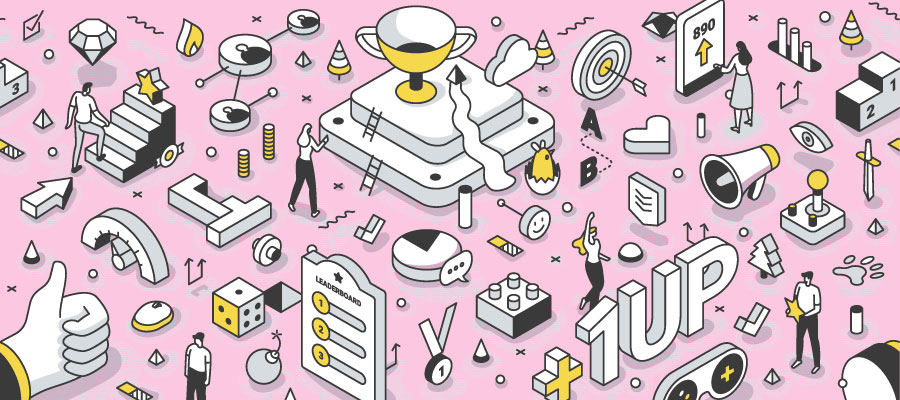Why would anyone want to get out of bed early to toss a leather ball to another person? Or, stay up late to participate in a trivia contest? First, it’s accessible to almost anyone, and second, both include one big motivator—the desire to win.
Yes, we all know that winning isn’t everything, it’s just fun to play games against others. So what if we applied these concepts of motivation (or competitiveness) and accessibility (anyone can play) to learning? Well, it’s been done, and we call it “gamification.”
The gamification of learning plays off our drive to compete, improve and outperform others (even if it’s ourselves). Gamification helps us retain knowledge because our brain rewards us by releasing a neurotransmitter, called dopamine, when we achieve something (i.e. acquire new knowledge or win a game). Dopamine plays a role in how we feel pleasure—it makes us feel good (thanks, dopamine!).
Gamification makes learning fun by the way it’s designed. Done correctly, gamification can be set up several ways:
- Using our competitive nature—competition motivates us to reach higher scores or levels, and rewards or moves us up the leaderboard rankings
- Using rewards—rewarding behavior encourages learner engagement by using points, leaderboards, badges or other indicators of achievement
- Using an informal learning environment—allows you to play when you have time (if you’re waiting in a line, on the bus, or just want to give your brain a break and want to do something fun)
Gamification enhances the learning experience, offers real-time feedback and can create an addiction to learning. Why is this important? Why are you reading about gamification and why has microlearning become the new norm? Yes, something is coming to campus. Something big.
